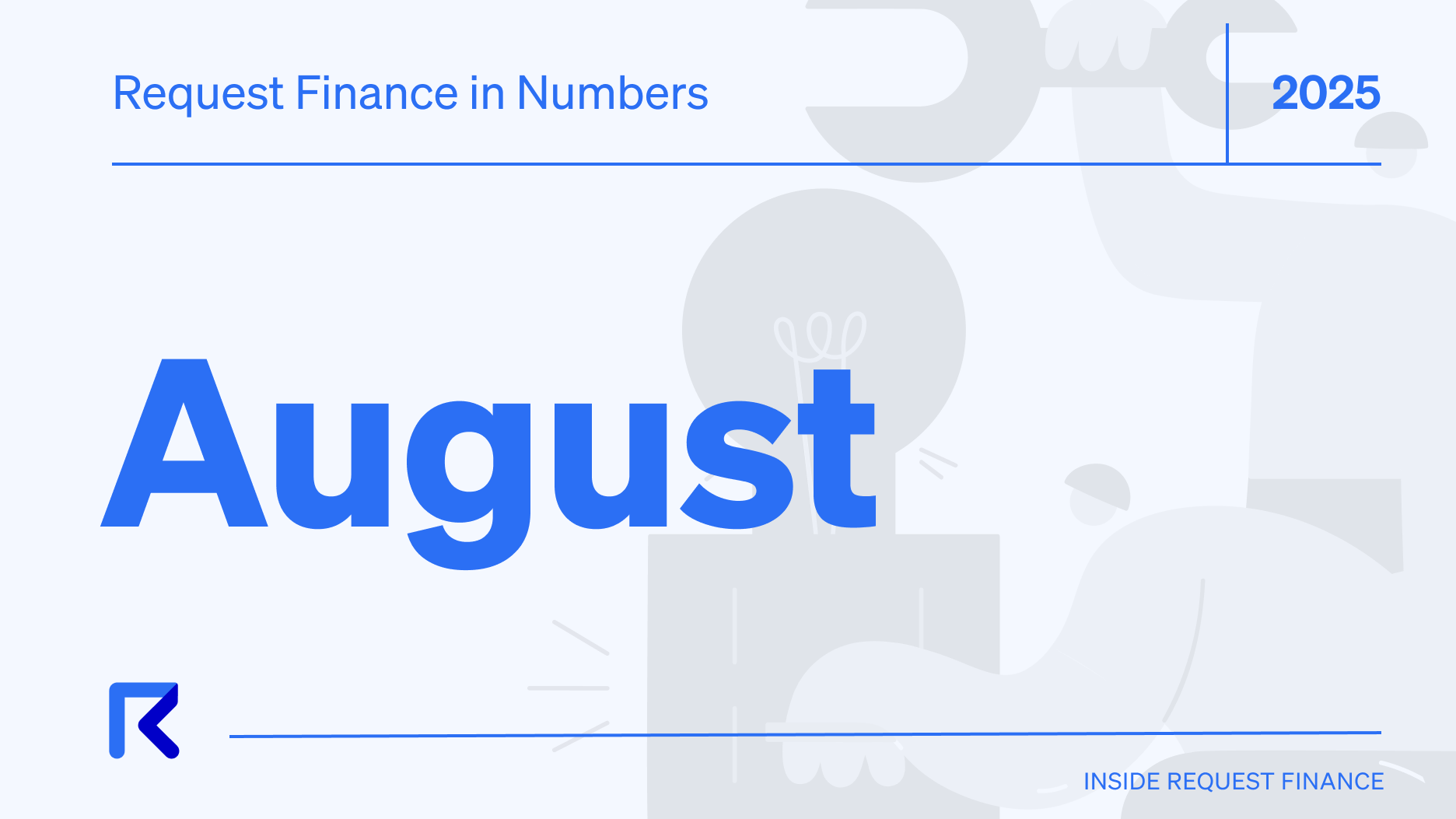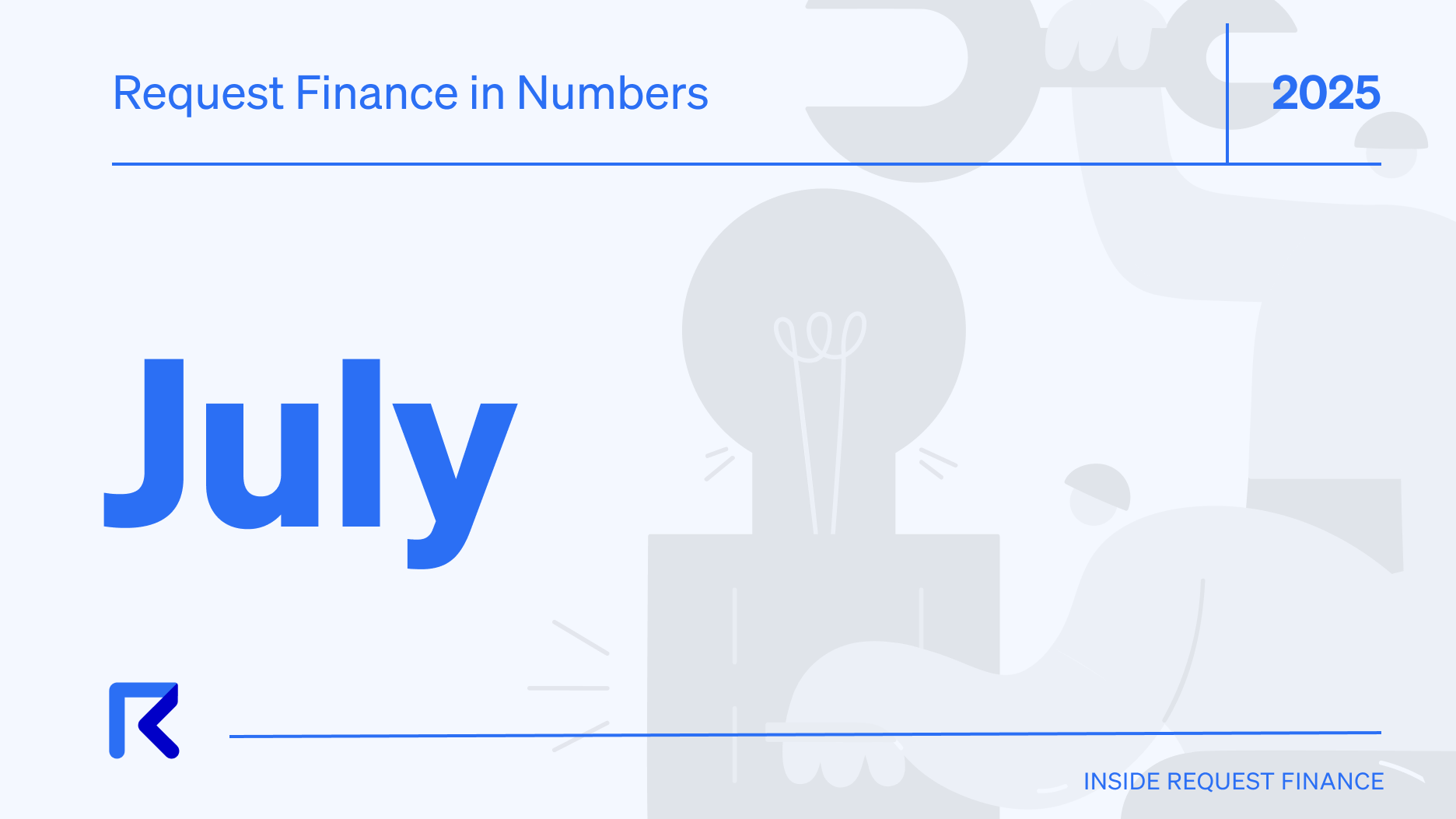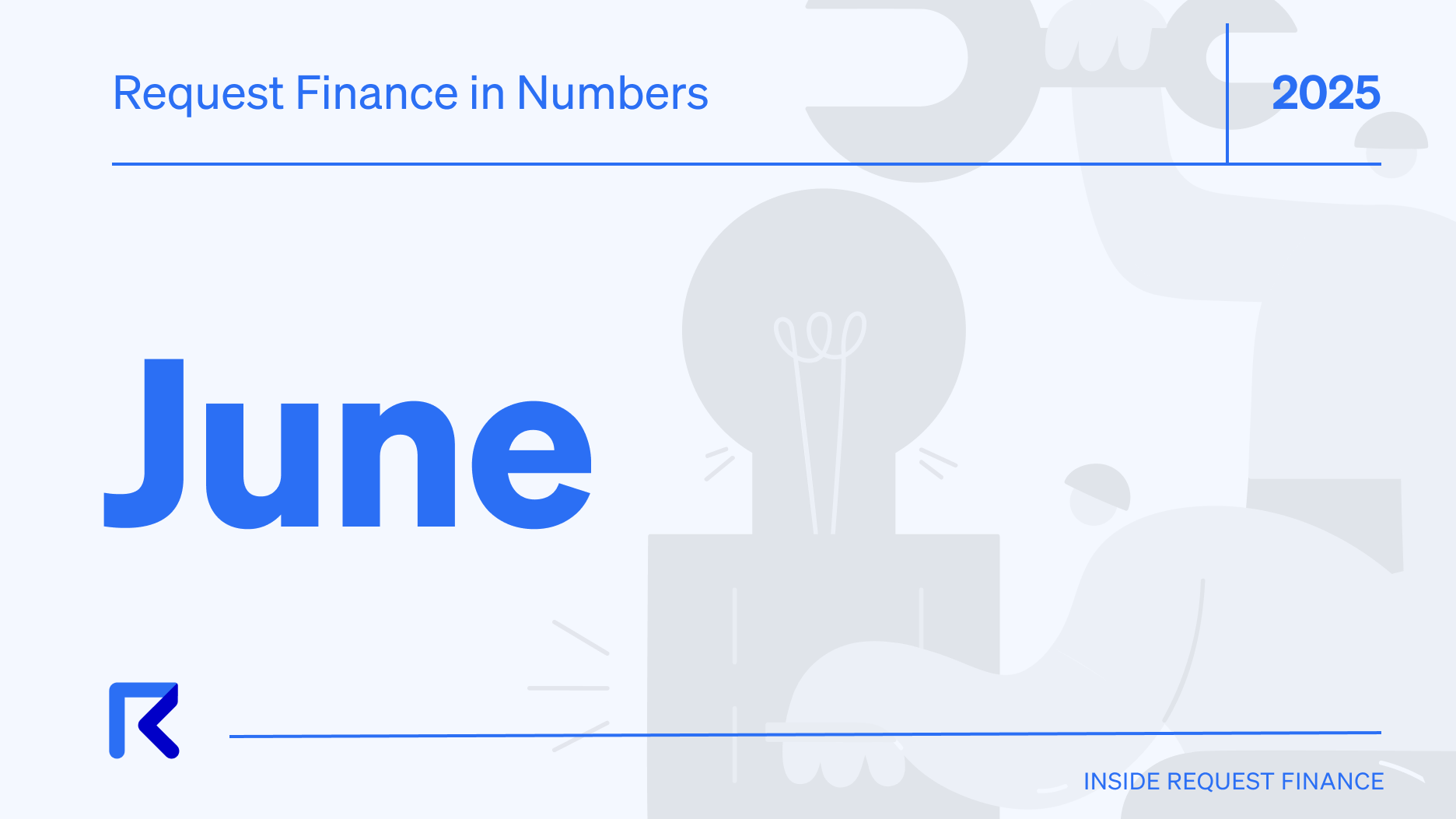The Stablecoin Revolution
How Stablecoins are deeply transforming the way finance teams manage payments.

Sarah Chen, CFO at MidTech Solutions, stared at her banking dashboard in disbelief. The $50,000 payment to their Singapore supplier – sent three days ago – was still "processing." Meanwhile, her London-based contractor was asking about the delayed invoice payment that should have arrived yesterday. The 4% fee was bad enough, but the uncertainty was killing their cash flow planning.
Sound familiar?
If you're managing corporate payments across borders in 2025, you're dealing with an antiquated system that hasn't fundamentally changed in decades. But while Sarah was wrestling with correspondent banking delays, forward-thinking CFOs at companies like yours are quietly revolutionizing their international payment operations with a technology that's been hiding in plain sight: stablecoins.
The $194 Trillion Problem Nobody Talks About
Let's start with some uncomfortable truths about cross-border payments. The global average cost to send $200 was 6.4% in late 2023, and for corporate payments, the numbers get even uglier. In some instances, a cross-border payment can take several days and can cost up to 10 times more than a domestic payment.
Think about that for a moment. In an era where you can video call someone on the other side of the planet instantly, moving money across the same distance takes days and costs a fortune.
The problem isn't just fees and delays. It's the complete lack of transparency. When you send a wire transfer, it disappears into a black box of correspondent banks, each taking their cut and adding their own processing time. You have no idea where your money is, when it will arrive, or how much the recipient will actually receive after all the intermediary fees.
For nearly one-quarter of global payment corridors, costs exceed 3%. And in too many cases, they are slow – one-third of retail cross-border payments took more than one business day to be settled in 2024.
For CFOs managing tight cash flows and international operations, this isn't just inconvenient – it's a strategic handicap.
Enter the Quiet Revolution
While traditional banking infrastructure struggles with the basics, something remarkable has been happening in the background. For the cross-border payments industry, it's clear that 2025 is the year of stablecoins.
Stablecoins – digital currencies pegged to stable assets like the US dollar – have matured from a crypto curiosity into serious financial infrastructure. By the end of the first quarter of 2025, volume used for remittances reached 3 percent of the $200 trillion in total global cross-border payments.
But here's what's really interesting: while consumer adoption grabs headlines, the real transformation is happening in corporate treasuries. Smart CFOs are discovering that stablecoins solve the three biggest problems with international payments: speed, cost, and transparency.
Why Stablecoins Work Where Banks Don't
The magic of stablecoins isn't in the technology itself – it's in what they bypass. When you send a stablecoin payment, you're not routing through a maze of correspondent banks, each with their own fees, compliance checks, and processing delays. You're settling directly on a global, 24/7 network that doesn't care about banking hours, holidays, or geographic boundaries.
Here's what this means in practice:
Speed: Traditional wire transfers can take 1-5 business days. Stablecoin transfers settle in minutes, regardless of the day or time.
Cost: Instead of percentage-based fees that can reach 3-10% of the transfer amount, stablecoin transfers typically cost under $1, regardless of the amount being sent.
Transparency: Every transaction is recorded on a public ledger. You can track your payment in real-time and provide recipients with instant confirmation.
Accessibility: No need to navigate different banking relationships in different countries. One wallet can send and receive payments globally.
Real-World Applications That Make Sense
Let's move beyond the theory and talk about how CFOs are actually using stablecoins today.
International Supplier Payments: Instead of scheduling wire transfers days in advance to account for processing delays, companies are paying suppliers instantly. This improves supplier relationships and allows for just-in-time inventory management.
Global Payroll: Companies with remote teams worldwide can pay contractors and employees instantly, without worrying about local banking infrastructure or exchange rate fluctuations between payment initiation and receipt.
Treasury Management: CFOs are keeping portions of their cash reserves in stablecoins to enable instant liquidity for international opportunities, without the delays of traditional banking.
Emergency Payments: When urgent payments are needed – equipment purchases, legal fees, or crisis response – stablecoins provide the speed traditional banking simply can't match.
The Compliance Question
The biggest objection I hear from CFOs is around compliance and regulation. "Isn't this the Wild West?" they ask. The answer is increasingly no.
Landmark regulation is bringing stablecoins deeper into the traditional ends of the market. Major stablecoins like USDC are issued by regulated financial institutions, undergo regular audits, and maintain full reserves backing their tokens.
The regulatory framework is maturing rapidly. The EU's Markets in Crypto-Assets (MiCA) regulation provides clear guidelines for stablecoin issuers and users. In the US, regulatory clarity continues to improve, with major institutions like JPMorgan and Goldman Sachs building stablecoin infrastructure.
For corporate users, compliance is actually simpler than traditional banking in many ways. All transactions are recorded on an immutable ledger, providing perfect audit trails. There are no hidden correspondent bank fees to reconcile or mysterious delays to explain to auditors.
Implementation: Easier Than You Think
The biggest surprise for most CFOs is how straightforward implementation actually is. You don't need to understand blockchain technology any more than you need to understand SWIFT protocols to send a wire transfer.
Modern stablecoin platforms provide familiar interfaces that look and feel like traditional banking dashboards. You can set up multi-signature security (requiring multiple team members to approve large transactions), integrate with existing accounting systems, and maintain the same financial controls you use today.
The key is starting small. Many companies begin with a single use case – perhaps paying one international supplier or contractor – and gradually expand as they see the benefits firsthand.
The Bigger Picture: Infrastructure for the Future
With EY projecting cross-border payment volumes to hit $290 trillion by 2030, the demand for modern payment infrastructure has never been more urgent. Traditional banking infrastructure simply cannot scale to meet this demand efficiently.
Stablecoins represent more than just a better way to move money – they're the foundation for a new generation of financial services. Programmable money that can automatically execute contracts, settle trades, and manage complex multi-party transactions.
CFOs who embrace this technology early aren't just solving today's payment problems. They're positioning their companies for a future where financial operations are faster, cheaper, and more transparent than ever before.
Taking the First Step
The stablecoin revolution isn't coming – it's here. Stablecoin payments were settled in the 12 months to February 2025, equivalent to 15% of global retail cross-border payments in 2024.
The question isn't whether your company should explore stablecoins for cross-border payments. The question is whether you want to be an early adopter who gains competitive advantage, or a late adopter who's forced to catch up.
For CFOs ready to move beyond the frustrations of traditional international banking, stablecoins offer a clear path forward. The technology is mature, the regulatory environment is stabilizing, and the benefits are immediate and measurable.
The revolution has already begun. The only question is when you'll join it.
Ready to Supercharge Your Crypto Accounting?
Stop wasting time, manually creating journal entries. Automate your accounting now, and enjoy error-free reporting
Learn how to scale your company's crypto & fiat financial operations
Your financial complexities are our specialties. Schedule your free consultation today and discover how Request Finance can transform your financial operations
Simplify crypto and fiat financial operations today
Rely on a secure, hassle-free process to manage your crypto invoices, expenses, payroll & accounting.
Crypto finance tips straight to your inbox
We'll email you once a week with quality resources to help you manage crypto and fiat operations
Trending articles
Get up to date with the most read publications of the month.
Our latest articles
News, guides, tips and more content to help you handle your crypto finances.












